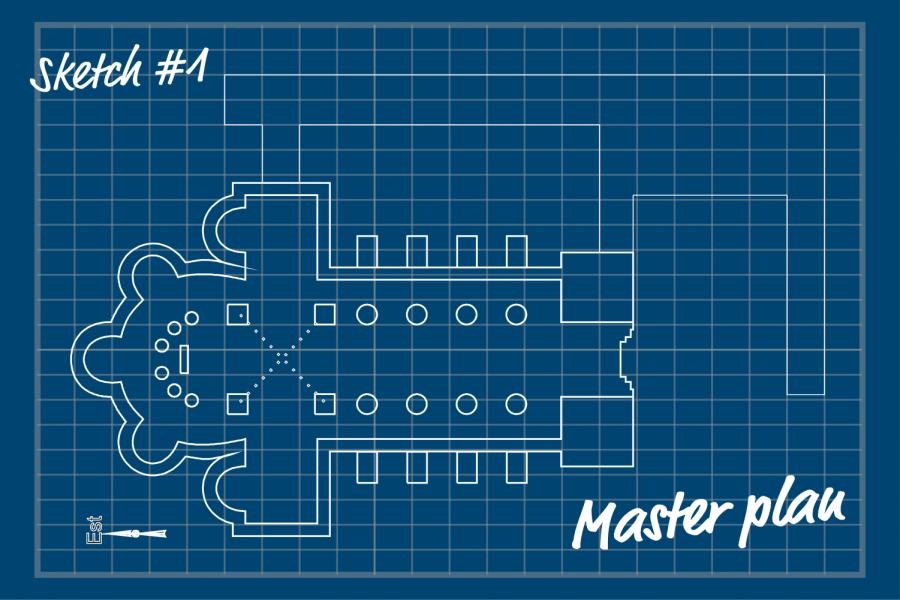The University of Minnesota’s administration is creating a master plan to guide the Twin Cities campus’s physical development for the next decade.
The plan will identify priorities for the campus, such as housing, transportation and safety, using University research and feedback from students, faculty, staff and other stakeholders. The final master plan will be presented to the Board of Regents for approval in fall 2021.
The plan will not dictate specific building renovations or new buildings added to the campus, said University President Joan Gabel in an interview with the Minnesota Daily Monday. Instead, the plan will help administrators envision how the campus should “feel and function” in the future.
“The first phase of master planning is not so much about ‘I want this building here, I want that elevator fixed,’” Gabel said. “It’s about what the physicality of the campus needs in order to retain the legacy but evolve to meet needs that we may not even know about yet.”
The University is working with an outside planning firm, Sasaki, to create the campus master plan. At this stage, planners are gathering information and data on the current campus, including development projects that are already underway, said Greg Havens, a principal planner with Sasaki.
“We want to make sure that we have a solid foundational understanding of the institution where it is today,” Havens said. “That understanding then forms the foundation for beginning to talk about the future. From there, we’ll move into really looking at what is possible and what might evolve.”
At the February Board of Regents meeting, regents discussed possible areas to target within the master plan. The board considered the addition of housing and dining facilities and methods for addressing the shift to distance learning on campus.
Although the board has not approved priorities for the plan, Monique MacKenzie, director of planning at the University, said increasing access to the Mississippi River and furthering campus safety may become set goals within the master plan.
Havens said increasing spaces where people can connect is a possible priority, especially due to the COVID-19 pandemic.
In addition to input from regents, the University will also consult with students throughout the master planning process, Mackenzie said.
Before the pandemic, this consultation involved asking students on campus their opinions on specific areas or their favorite spots, MacKenzie said. Now, the planning team is using an electronic survey to engage with students.
Engagement with students and the “listening phase” are especially important, Havens said. In his work at other universities, this process has revealed issues that the master plan needed to address.
“The whole human side of this is what’s really critical,” Havens said. “How do we design this to better serve students and how to better serve faculty and staff in the broader community?”


















